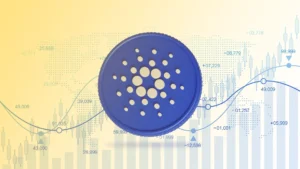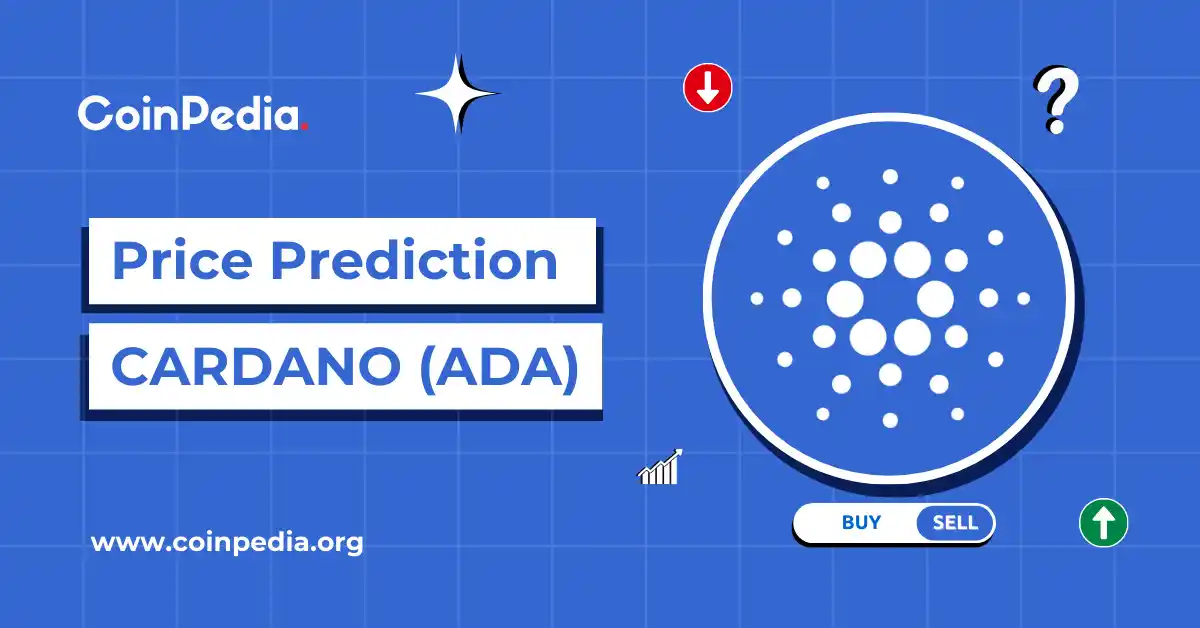Introduction to Cardano and Its Price Trends
cardano price is a prominent blockchain platform that stands out due to its focus on scalability, sustainability, and interoperability. Launched in 2017, it employs a unique proof-of-stake consensus mechanism known as Ouroboros, which offers energy efficiency compared to traditional proof-of-work models. This innovative approach not only enhances transaction speed but also significantly reduces the environmental impact, positioning Cardano as a forward-thinking solution in the cryptocurrency space.
The significance of Cardano’s price within the cryptocurrency market cannot be understated. It serves as a barometer for investor sentiment and market health. Over the years, Cardano’s price has experienced notable fluctuations, reflecting broader trends within the digital asset sector. Historical movements illustrate a pattern influenced by various factors, including technological updates, regulatory changes, and macroeconomic conditions. Notable milestones, such as the launch of the Alonzo smart contract capabilities in September 2021, have caused significant surges in Cardano’s price, attracting both retail and institutional investors.
Comparatively, Cardano’s price dynamics show a unique trajectory against other major cryptocurrencies like Bitcoin and Ethereum. While Bitcoin continues to dominate as the market leader, Cardano’s continued advancements and application of blockchain technology have catalyzed robust interest from various sectors, contributing to its price fluctuations. This layer of complexity in its price trends underscores the necessity for investors and enthusiasts alike to grasp the underlying mechanics influencing Cardano’s value. Understanding these price movements and their drivers is crucial in navigating the cryptocurrency landscape effectively.
Key Factors Influencing Cardano Price
Cardano’s price dynamics are influenced by a variety of factors, each interplaying to shape its market performance. Understanding these factors is essential for both investors and analysts as they navigate the cryptocurrency landscape.
Firstly, **market demand and supply** play a crucial role in determining Cardano’s price. When demand exceeds supply, prices generally rise, while an oversupply can lead to price declines. The trading volumes and liquidity in the market significantly affect how stable or volatile Cardano’s price can become. Active participation by investors and traders leads to changes in market sentiment, which can create rapid price movements.
Secondly, **investor sentiment** serves as a barometer for Cardano’s perceived value. News, trends, and overall feelings toward cryptocurrency in general can lead to speculative trading, impacting the price of Cardano significantly. Bullish sentiment can drive the price higher, while negative news or fear can trigger sells, leading to declines.
Next, **regulatory news** is pivotal in shaping investor confidence and perceived legitimacy of Cardano as an investment. Changes in regulations or enforcement actions can lead to immediate market reactions. For instance, supportive regulatory measures can stimulate interest and investment in Cardano, while restrictive measures can inhibit price growth.
Technological advancements, specifically updates in the **Cardano protocol**, also impact its market valuation. As improvements are made to the blockchain’s functionality, these innovations can increase confidence in Cardano’s long-term viability, thus driving the price up. Factors such as partnerships, integrations, and upgrades might enhance the overall ecosystem, leading to increased investor interest.
Finally, **macroeconomic trends** cannot be ignored; changes in economic conditions and global markets significantly influence cryptocurrency markets, including Cardano. Economic indicators such as inflation rates, employment levels, and GDP growth can affect investor confidence and risk appetite, which in turn impacts Cardano’s price movements.

Technical Analysis of Cardano Price Movements
Understanding the dynamics of Cardano price movements requires a thorough grasp of technical analysis, which employs various tools and methodologies designed to interpret past price data in order to forecast future price trends. One of the foundational aspects of technical analysis is the use of charting techniques, which provide a visual representation of price movements over specified periods. Chart types, such as line charts, bar charts, and candlestick charts, each offer unique insights into market behavior, thereby equipping traders with the necessary information to make informed decisions.
Indicators play a crucial role in evaluating Cardano’s price trends. Among these, moving averages are particularly significant. They smooth out price data by creating a constantly updated average price, which helps traders identify the overall trend direction, whether bullish or bearish. A common strategy is to use the 50-day and 200-day moving averages to determine potential buy or sell signals when they cross over each other.
Another essential indicator is the Relative Strength Index (RSI), a momentum oscillator that measures the speed and change of price movements. This indicator ranges from 0 to 100 and helps identify overbought or oversold conditions. An RSI value above 70 may suggest that Cardano is overbought, while a value below 30 indicates that it may be oversold, thus providing potential entry or exit points for traders.
Additionally, trading volume should not be overlooked, as it is a vital component in confirming price trends. High volume during a price increase often indicates strong investor interest, whereas low volume may suggest uncertainty. These elements combined offer a robust framework for analyzing Cardano price movements, empowering investors to make well-informed decisions based on historical data and market conditions.
Future Predictions and Investment Outlook for Cardano Price
As the cryptocurrency landscape continues to evolve, many investors and analysts are keenly watching the Cardano price for signs of growth or decline. One of the primary factors in predicting future movements is the ongoing development within the Cardano ecosystem. Enhancements in network capabilities, the introduction of smart contracts, and expansions in decentralized applications (dApps) are all indicators of potential price shifts. Experts suggest that as these features gain adoption, they could significantly influence the valuation of ADA, Cardano’s native token.
Another vital aspect to consider is market sentiment, which tends to fluctuate based on macroeconomic trends, regulatory changes, and investor behavior. Current market conditions indicate a growing interest in blockchain technologies, alongside an increasing acceptance of cryptocurrencies by mainstream finance. This acceptance could push the Cardano price higher, provided that investor confidence remains intact. However, caution should be exercised as market speculation can lead to volatility; unexpected events may result in sharp price corrections.
Predictive models play a critical role in shaping investment outlooks. Analysts utilize various methods, such as historical price trends and technical analysis, to forecast future values. Some predictions indicate that the Cardano price could reach new highs in the coming years, driven by its technological advancements and broader market uptake. However, investors should be aware that these predictions are not foolproof and come with inherent risks, including potential regulatory challenges and competition from other blockchain platforms.
In conclusion, while the future of Cardano’s price appears promising based on current analyses, potential investors should remain informed about the risks associated with cryptocurrency investments. By keeping abreast of developments within the Cardano ecosystem and broader market trends, they can make more educated decisions regarding their investments in this evolving digital currency.
